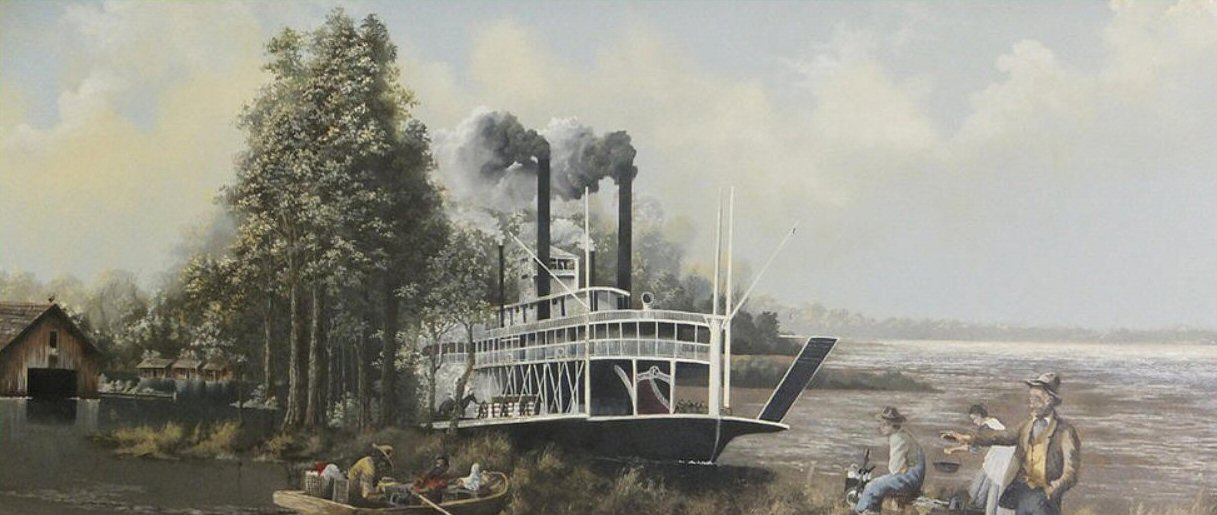
FLOOD MISCONCEPTIONS
ABOUT THE LEVEE
FLOOD MISCONCEPTIONS
COMMON MISCONCEPTIONS ABOUT FLOOD CONTROL
- Flooding is good for waterfowl: FALSE
Waterfowl do not utilize deep bodies of water. They feed and nest in shallow areas of flooded timber and low-lying agricultural fields. Most importantly, the Mississippi Delta is a winter waterfowl area. It is not typically used by waterfowl during the springtime when the Delta experiences flooding.
- Flooding is good for timber: FALSE
Floods of long duration can be devastating to many forms of vegetation. According to recent research by the National Biological Service, trees are one of the hardest hit plant species when floods of long duration occur. According to private forestry consultants and representatives of the Forest Service-USDA, ponding water is one of the primary killers of trees in the Mississippi Delta.
- It would be cheaper to buy flood easements: FALSE
The purchase of land in lieu of providing reduced flooding must take the following issues into consideration:
- Will the land come from condemnation, eminent domain, or willing sellers?
- Historically, easement costs are as great as fee-simple acquisition of lands.
- Due to land uses and variability of elevations on individual tracts of land, government purchases of easements would extend to entire tracts rather than exclusively to flood susceptible land.
- What is the "real cost" of purchasing easements which extend through public properties such as country roads or public facilities?
- How do you purchase easements on the interruption of public services, such as emergency medical services, law enforcement services, school bus routes, and utility service?
- Flood control projects destroy fisheries in the Delta's natural streams: FALSE
All Delta streams experience channel modification. Some are structural, man-made modifications and some are naturally occurring. The oxbow lakes along the Mississippi River, for example, are former main channels. Because of the extremely gradual slope, Delta streams are slow-moving and prone to silting. Historically, they are characterized by heavy sediment loads and do not produce high-quality fisheries habitat. As a result of flood protection projects, substantial investments have been made to develop fish spawning structures and other structural improvements designed to enhance and accelerate fisheries habitat recovery. Recent studies conducted by the Department of Wildlife and Fisheries at Mississippi State University have documented that the fisheries habitat on the Yalobusha River, which was enlarged in 1990, has experienced significant and rapid recovery.
- It would be better to use ring levees and pumps to protect our communities: FALSE
Delta flood protection projects have already utilized ring levees in a number of urban centers to reduce vulnerability to flooding. However, ring levees do not reduce the crest, duration, or frequency of flooding. They do not alleviate the interruption of public services such as sewer, water, and other services for the area encircled by the ring levees. Ring levees are impractical as a method for protecting millions of dollars of private development and investment made throughout rural areas. As flood waters rise, communities and rural residential areas lose their sanitary sewer services.
- These projects canít be economically justified: FALSE
To deny the federal responsibility for flood protection projects that manage water for 31 states in the U.S. would be to also deny both the letter and spirit of existing law. Existing and future investments throughout Northwest Mississippi have reaped huge economic returns to the region, our state, and the nation. Agriculture, business, and industry have made investments in the region based upon the expectation that Mississippi River levees will hold back floods and that interior floodwaters would be conveyed through the Yazoo River outlet with limited damages to private property and public facilities. The total cost of all Delta Flood protection projects, when completed, is less than the value of raw materials used by agriculture and industry in the Delta in a single year.
- We don't need flood control. We should leave rivers and streams alone and let nature take its course: FALSE
Delta flood protection projects allow the region to be safely inhabited by humans, animals, and the hugely productive capacity of agriculture and industry in the region. The silting of Delta streams eventually causes most stream beds to change course, seeking alternative courses as gravity draws the water to the lowest available point. To adopt a "no action" plan carries a huge responsibility. Without adequate flood protection, we can expect to renew problems associated with earlier flooding conditions: yellow fever, typhoid fever, malaria, unsanitary drinking water supplies.
- These are federal flood control projects: FALSE
The Congress of the United States most recently reaffirmed the federal responsibility for providing and maintaining Delta flood protection in the 1996 Water Resources Development Act. However, local citizens, represented by their duly-elected levee boards that serve as local sponsors of these projects, provide local assurances for right-of-way needs, minor maintenance, and other local support. Every public body on record in the 18-County Northwest Mississippi region has endorsed and restated its support for the completion of these flood protection matters.



